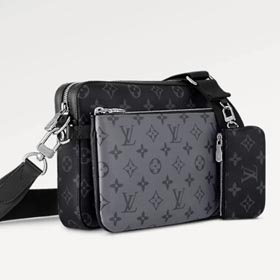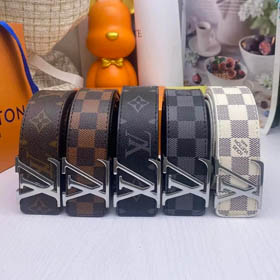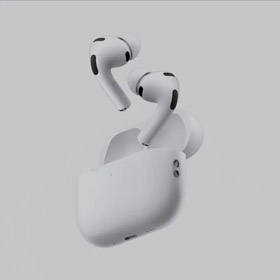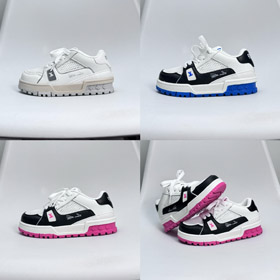The Iconic Saga of Burberry: A British Fashion Legacy
Founded in 1856 by 21-year-old Thomas Burberry, this legendary British brand began as a small outfitter's shop in Basingstoke, England. Burberry pioneered weatherproof outerwear with its revolutionary gabardine
The iconic Burberry trench coat, originally designed for British military officers during World War I, remains the brand's most recognizable product. Its distinctive features—epaulettes, gun flaps, and the signature check lining—transitioned from battlefield functionality to high fashion when the D-ring belt detail became a style statement in civilian wear.
Burberry received its first Royal Warrant from King Edward VII in 1890, solidifying its status as purveyor of quality outerwear. Subsequent warrants from Queen Elizabeth II and the Prince of Wales confirmed its enduring regal appeal. By the 1920s, the company developed its now-famous tan, black, red, and white check pattern, initially used as trench coat liners before becoming a status symbol in its own right. The brand maintains its technological edge, recently launching recycled nylon collections while preserving traditional craftsmanship through its Yorkshire mills. Despite financial challenges in the late 20th century, Burberry revitalized through digital transformation—becoming the first luxury brand to livestream fashion shows in 2009. Contemporary collaborations with [LINK]modern designersBurberry product lines. Today, Burberry stands as one of only three British luxury brands valued over £5 billion, with the trademark check experiencing perpetual reinvention—from controversial streetwear appropriation in the 2000s to recent runway recontextualization under current creative directors pioneering what Vogue calls "new British snobbery." From wartime trenches to modern streets1, Burberry narrates British cultural history through fabric. Its continued success demonstrates how tradition and innovation weave together when quality remains non-negotiable—an achievement worthy of its royal heritage. 1product specification sheets, stylist interviews, and archived pattern records from Burberry Group plc.From Trench Coats to Royal Warrants
Innovations that Shaped Fashion
"Like the British weather we mastered, Burberry evolves without losing its essence—that rare marriage of innovation fed by heritage." — Signé Creative Director, 2023 Brand Report



















